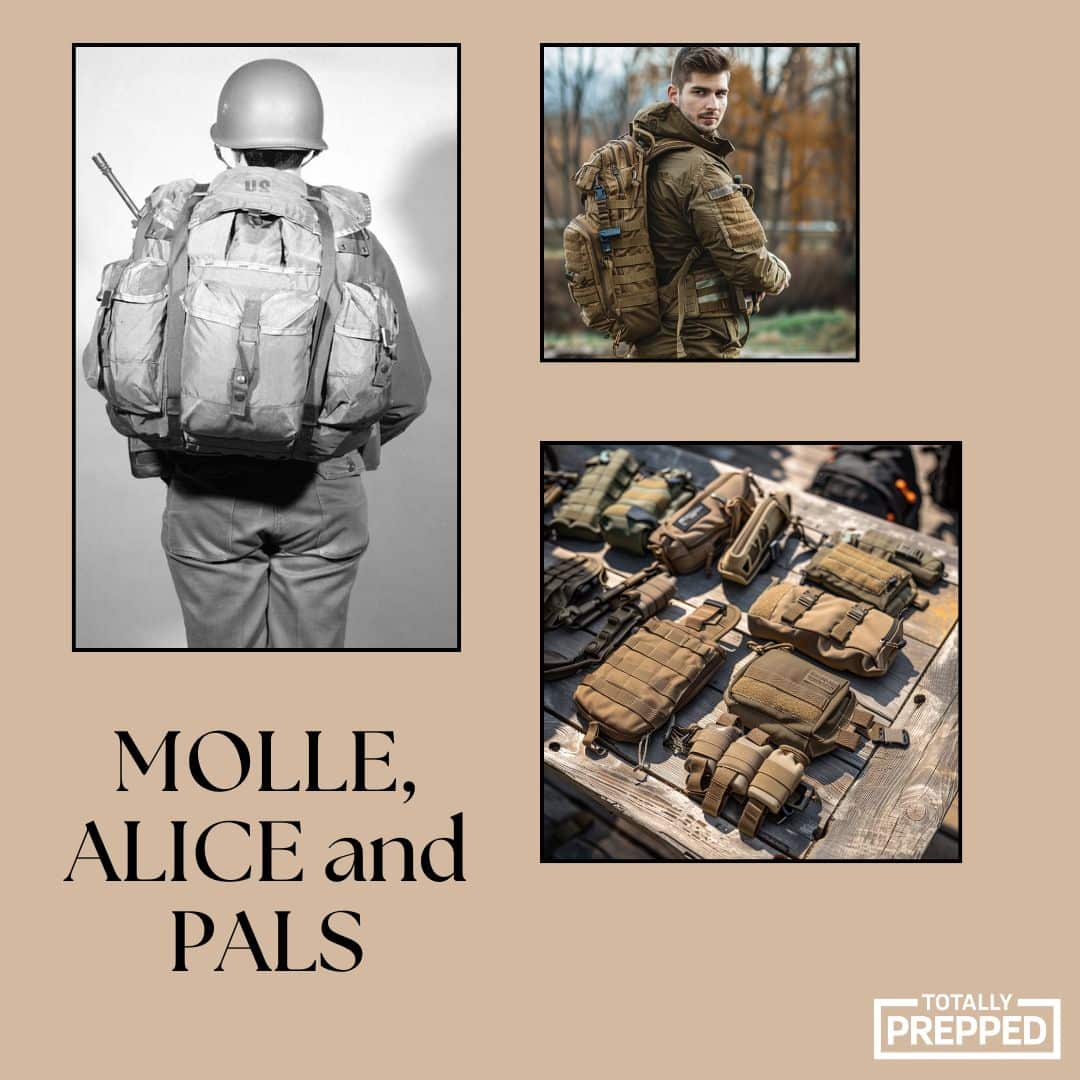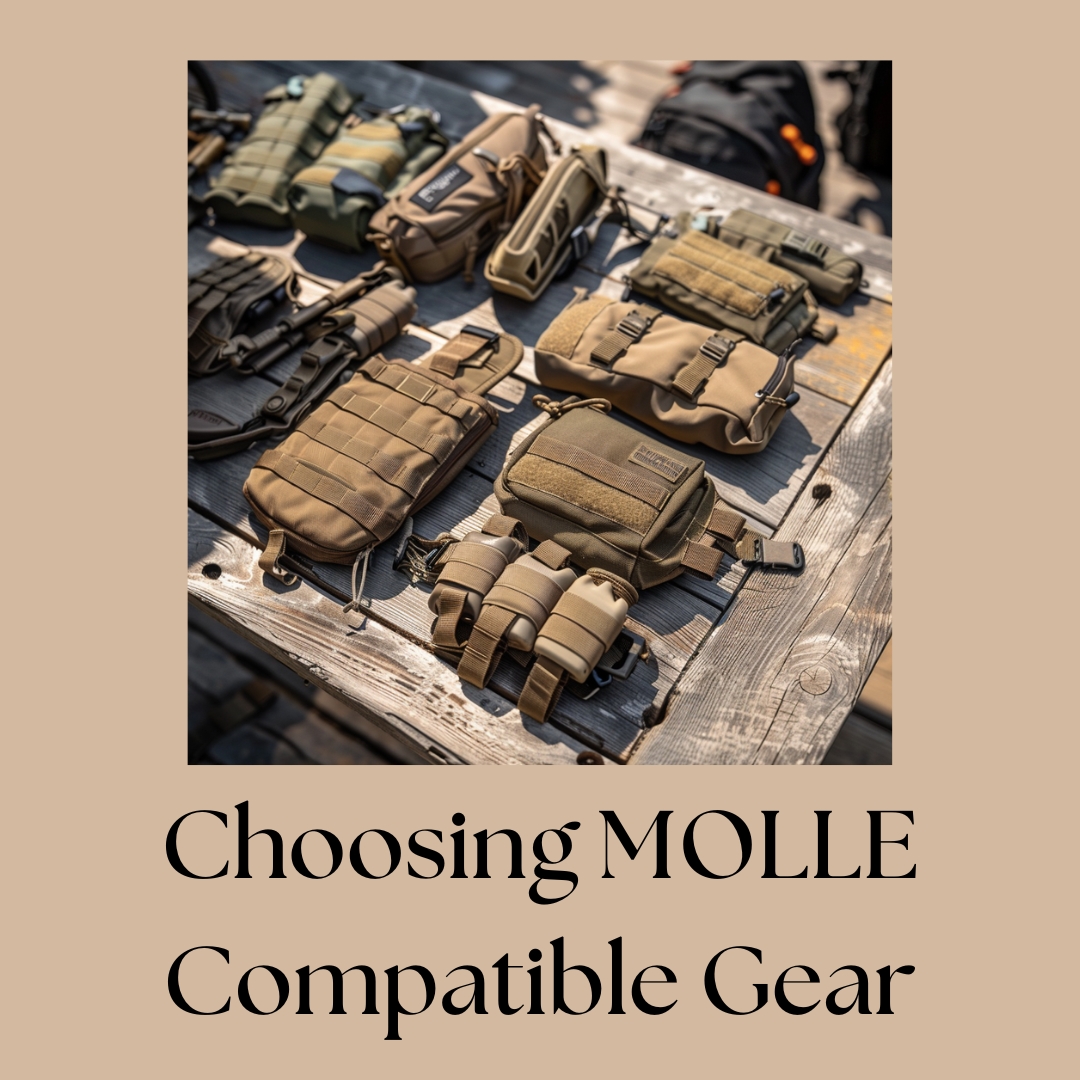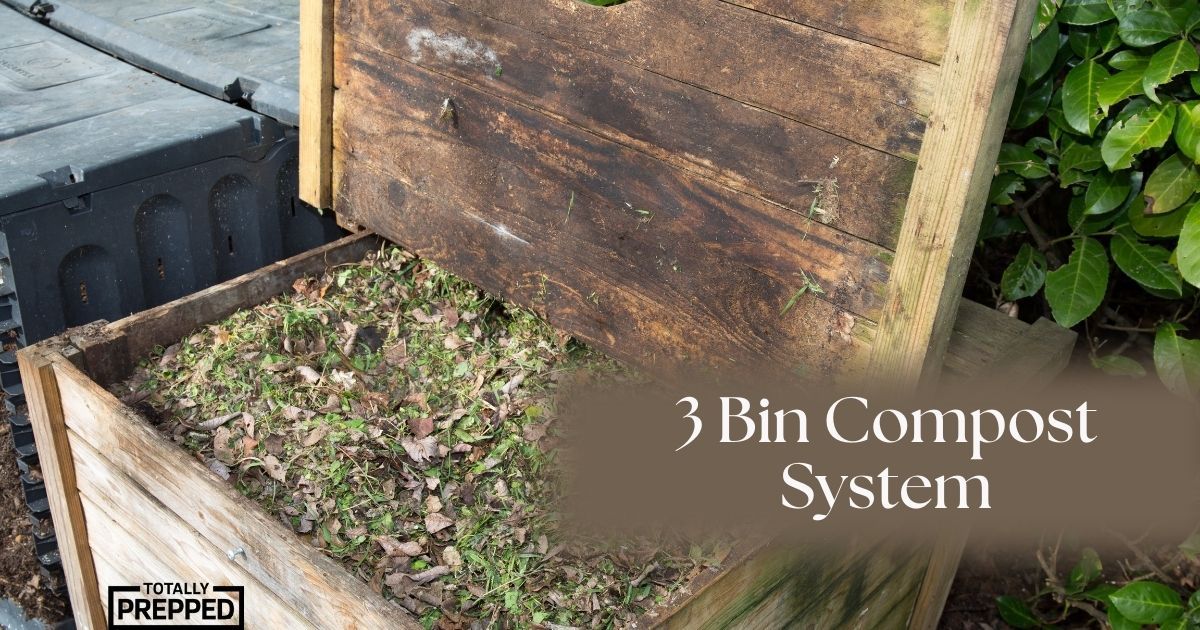These MOLLE system tips will help you have better use of the MOLLE system, particularly in high-stress situations. Effective use hinges on the ability to quickly access and retrieve critical gear. This capability is not just about how the gear is arranged but also about familiarity with the setup and the ability to adapt under pressure.
Quick Access
One of the key techniques for ensuring quick access is the strategic placement of gear based on its priority and frequency of use. High-priority items, those that are vital in emergencies such as medical kits, self-defense tools, and navigation aids, should be positioned in the most accessible parts of the MOLLE system.
These are typically locations that can be reached with minimal effort and without the need to remove the pack, such as the sides of the waist belt, the lower front of a vest, or the outermost compartments of a backpack.
Modifying or adding to the MOLLE setup with aftermarket accessories designed for quick access. For example, adding pull cords to zippers or customizing pouch openings for easier one-handed operation can enhance the speed of access.
Transparent or semi-transparent pouches for items that need to be visually identified quickly, like maps or medical supplies, can be highly effective.
The ability to quickly access critical gear can be the difference between a successful response and a critical delay, making these techniques an integral part of effective MOLLE usage.
Be Consistent
Another critical aspect is the consistency of gear placement. Keeping items in the same location consistently helps build muscle memory, allowing for quicker retrieval without the need to look. In high-stress situations, this muscle memory can make a significant difference, as it reduces the cognitive load and allows for almost instinctive access to essential items.
Practice
Practicing with the gear is essential. Regular drills that simulate high-stress scenarios can help in developing the speed and fluidity needed for quick access. These drills should mimic real-life situations as closely as possible and be varied to cover different scenarios.
The more one practices, the more intuitive the retrieval of gear becomes. The choice of pouches and attachments also plays a role in quick access. Opting for pouches with easy-open mechanisms, like pull tabs or Velcro closures, can save precious seconds.
Customize the MOLLE System for You
Customization and personalization of MOLLE gear isn’t just about functionality. They also allow survivalists to tailor their equipment to their unique needs, skills, and preferences.
This aspect of MOLLE gear is particularly valuable because it ensures that each setup is optimized for the individual’s specific survival scenario. Customizing your MOLLE setup begins with an understanding that no two survival situations, or survivalists, are exactly alike.
One individual might prioritize lightweight, rapid mobility for urban exploration, requiring a sleeker MOLLE setup with minimal pouches and a focus on essential tools like multi-tools, flashlights, and a compact first aid kit.
Another individual, preparing for extended wilderness survival, might customize their MOLLE system for maximal storage, adding larger pouches for food supplies, water purification equipment, and extra clothing layers.
For a survivalist skilled in bushcraft, their MOLLE system might feature attachments for axes or machetes, and additional pouches for fire-starting kits and foraging tools. A survivalist with medical training might prioritize a large, easily accessible medical pouch, equipped not just with basic first aid supplies but also with advanced medical equipment.
Another crucial aspect of personalization is the arrangement of gear based on personal preferences and ease of use. For instance, a left-handed individual might position their most used tools on the left side of their pack for easier access.
Similarly, someone who prefers quick, on-the-go access to hydration might choose to attach multiple small water bottle pouches around the waist for easy reach. The beauty of the MOLLE system is also in its ability to evolve with the survivalist.
As one’s skills grow or as different survival challenges are anticipated, the system can be reconfigured. For example, a survivalist who takes up new skills like fishing or hunting can add specific pouches for fishing gear or ammunition.
Those who transition from solo to group survival scenarios might include additional communication equipment or extra medical supplies to cater to the group’s needs. Personalization can also extend to the aesthetic aspect, allowing survivalists to choose colors and patterns that suit their environment or personal style.
This choice can range from tactical considerations, like choosing camouflaged patterns for woodland environments, to personal expression, such as adding patches, tags, or colored pouches.
Customizing and personalizing a MOLLE system is a dynamic and ongoing process that enhances the survivalist’s efficiency, comfort, and preparedness. It allows for a level of specificity and adaptability that is crucial in survival situations.
By tailoring their MOLLE gear to fit their unique set of skills, needs, and preferences, survivalists can ensure they are as prepared as possible for whatever challenges they may face.
Regular Maintenance
Maintaining and caring for MOLLE gear is essential to ensure its longevity and functionality, especially since it is often used in challenging outdoor environments. Proper maintenance involves regular cleaning, inspection, and repair, all of which are crucial to keep the gear in optimal condition.
Regular cleaning is vital to prevent dirt, dust, and grime from accumulating, which can degrade the material over time. Start by removing all attachments and emptying all pockets. Use a soft brush or cloth to gently remove surface dirt.
For more thorough cleaning, use a mild soap and lukewarm water. Avoid harsh detergents as they can damage the fabric and compromise the integrity of the gear. Handwashing is recommended because machine washing can be too harsh on the materials and the webbing. After washing, rinse the gear thoroughly to remove any soap residue.
Air drying is the best option, as direct sunlight or heat sources can weaken the fabric. Ensure the gear is completely dry before storing or using it again.
Regularly inspect the gear for any signs of wear and tear, especially in high-stress areas like straps, seams, and attachment points. Check for loose threads, tears, or holes. Pay attention to the hardware as well, including buckles, zippers, and fasteners. These parts can often be the first to show signs of wear and are crucial for the gear’s functionality.
Address any issues found during inspection immediately. Small rips or tears can often be repaired with a sewing kit designed for heavy-duty fabric. For more significant damage, consider professional repair services. Hardware like broken buckles or zippers can often be replaced. Keeping a small repair kit with essential items like extra buckles, sewing supplies, and duct tape can be beneficial for making quick repairs in the field.
Store the MOLLE Properly
When not in use, store MOLLE gear in a cool, dry place away from direct sunlight. Moisture can lead to mold and mildew, while prolonged exposure to sunlight can degrade the fabric.
If storing gear for an extended period, consider using a breathable storage bag to protect it from dust and moisture. Be mindful of how the gear is used and stored. Avoid overloading pouches and packs, as excessive weight can strain the fabric and seams.
Avoid Wear and Tear
Be cautious when attaching and detaching gear to the MOLLE webbing to avoid unnecessary wear. For gear with metal parts like zippers and snaps, occasional lubrication can keep them functioning smoothly. Use a silicone-based lubricant, which is less likely to attract dirt compared to oil-based products. The maintenance and care of MOLLE gear involve regular cleaning, thorough inspection, timely repair, proper storage, and mindful usage.
By adhering to these practices, the longevity and effectiveness of the gear can be significantly enhanced, ensuring it remains reliable and ready for use in any survival situation.




